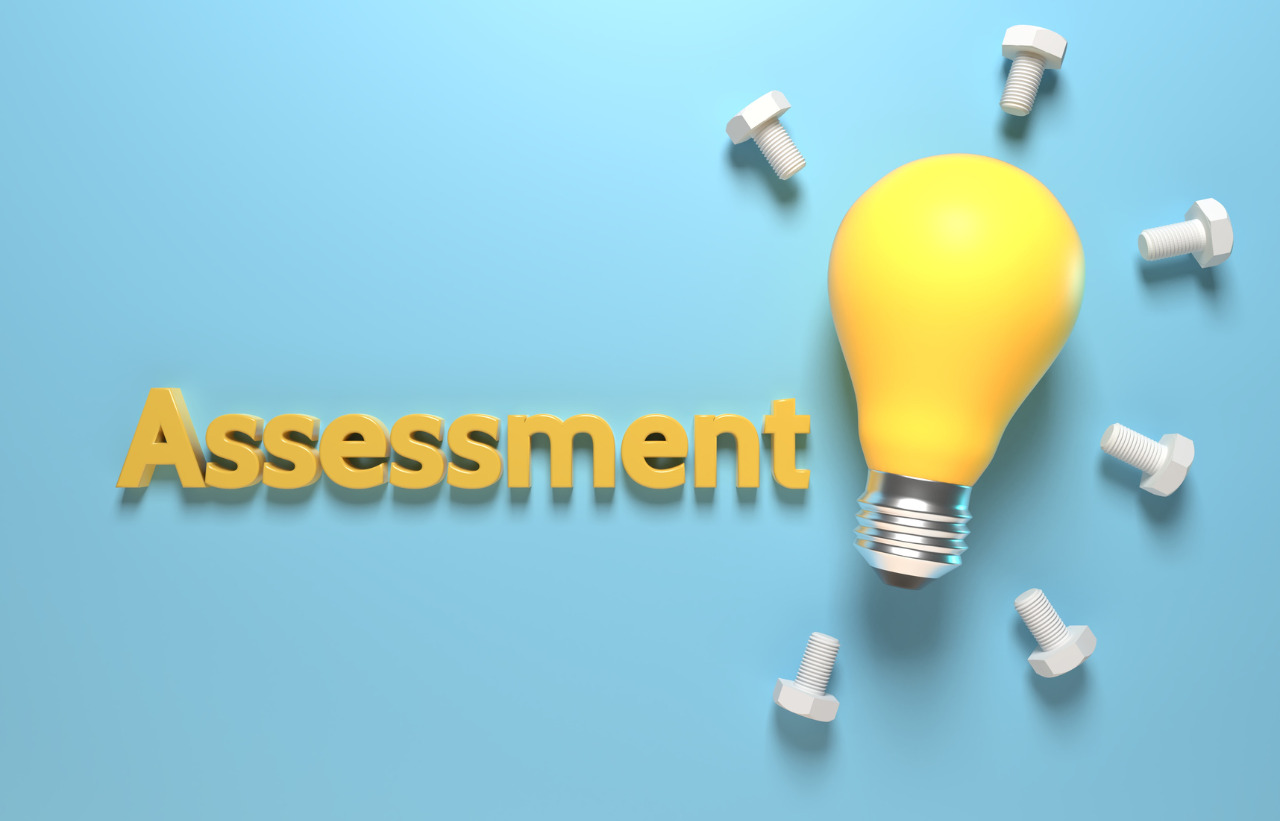Assessment is an essential part of the education process, providing a way to measure student learning and provide feedback to teachers on the effectiveness of their instruction. Two common types of evaluation are formative and summative evaluation, and understanding the difference between the two is essential to make informed decisions about assessment in education.
Formative Evaluation
Formative evaluation is an ongoing process of gathering feedback and assessing student learning throughout the learning process. This type of evaluation aims to provide feedback on the effectiveness of instructional methods and student learning, as well as identify areas for improvement. Formative evaluation is used to adjust instruction in real-time, enabling educators to respond to student needs as they arise.
Formative evaluation is typically conducted through informal assessments, such as class discussion, questioning, observations, and homework assignments. These assessments provide insight into student learning and enable teachers to adjust their instructional methods based on student needs. The feedback provided through formative evaluation helps students to monitor their own learning and identify areas for improvement.
Formative evaluation is beneficial for both educators and students. Educators can use formative evaluation to make real-time adjustments to instruction, leading to improved student outcomes. Students benefit from formative evaluation because they receive immediate feedback on their learning, enabling them to adjust their learning strategies and improve their performance.
Summative Evaluation
Summative evaluation is a type of assessment that is conducted at the end of a learning process. This type of evaluation measures the degree to which students have achieved the learning objectives for a specific course or unit. Summative evaluation is used to assign grades or determine overall student achievement.
Summative evaluation is typically conducted through formal assessments, such as exams, essays, or projects. These assessments are designed to measure the long-term achievement of educational objectives and provide a summary of a student's performance over an extended period.
Summative evaluation is beneficial for assessing student achievement and providing feedback on the effectiveness of instructional methods. It allows educators to measure the success of their instruction and identify areas for improvement in future courses.
Difference between Formative and Summative Evaluation
The difference between formative and summative evaluation can be summarized in the following points:
Time of Assessment
Formative evaluation is conducted throughout the learning process, while summative evaluation is conducted at the end of the learning process.
Purpose of Assessment
The purpose of formative evaluation is to provide ongoing feedback to educators and students on student learning and instructional methods. The purpose of summative evaluation is to determine overall student achievement and assign grades or determine the success of the instructional methods.
Type of Assessment
Formative evaluation is typically conducted through informal assessments, such as class discussions and observations. Summative evaluation is typically conducted through formal assessments, such as exams and projects.
Feedback
Formative evaluation provides ongoing feedback to educators and students to adjust instruction and improve student learning. Summative evaluation provides feedback on the overall student achievement and effectiveness of instructional methods.
Participants
Formative evaluation is conducted by educators, students, peers, and parents. Summative evaluation is typically conducted by educators.
Process
Formative evaluation is an informal process that is ongoing throughout the learning process. Summative evaluation is a formal process that takes time to prepare and implement.
Conclusion
In conclusion, formative and summative evaluation are two common types of assessment used in education. Formative evaluation is conducted throughout the learning process to provide ongoing feedback to educators and students, while summative evaluation is conducted at the end of the learning process to determine overall student achievement. Both types of evaluation are important in assessing student learning and providing feedback on the effectiveness of instructional methods. By understanding the difference between formative and summative evaluation, educators can make informed decisions about assessment in education and improve student learning outcomes.




